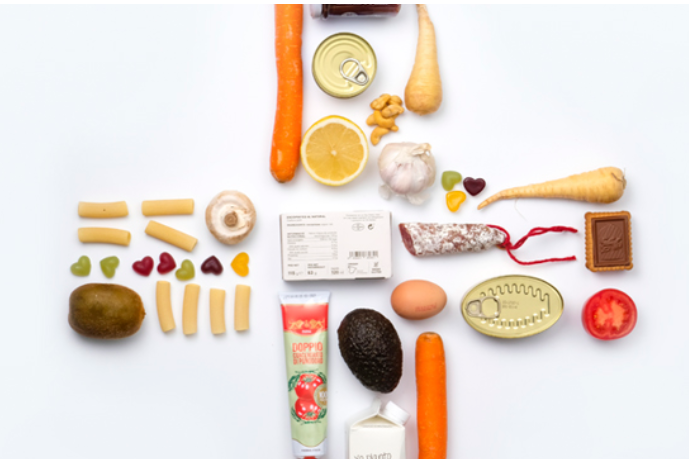Spain: Food business is not always what it seems
Experts warn of bad practices by some manufactures in food labelling or using logos or misleading indications in its packaging. Foodstuffs are also marketed with names or photos not conforming to reality. All these practices increase consumers distrust in food safety and quality.

More than half of Spaniards (51%) believe that the food they eat every day contains harmful substances, according to the latest Eurobarometer. This perception of Spanish consumers about the food industry is determined by factors such as the reception of contradictory information and a certain “chemophobia”. Fear to food alerts that has undermine the sector credibility, and the bad practices of some manufactures in labelling or by including logos or misleading terms on packaging, have also contributed to the current situation.
This was one of the main topics discussed at the recent 17th AECOC Congress on Food Safety and Quality, held under the motto “Better safety, greater transparency”.
Despite the food safety high level and the so many EU controls, consumers’ mistrust is quite high in Spain. For this, the Head of Food Safety at the business organization AECOC, said: “it is a good time for all sectors to look inwards and make a change and, if necessary, be self-critical, to see whether, in the new information scenario, different strategies need to be applied”. “Concepts such as transparency, credibility, honesty and coherence are emerging. These must be applied not only to regular basis communications, but also to product labelling and advertising”.
The spokesman of the consumer organization OCU agreed that social alarm is often unjustified. “Consumer distrust is closely linked to the way food crisis are managed, for example, the case of listeriosis in Spain last summer, where lack of transparency, coordination among public administrations and inspectors, led to an increase in the percentage of consumers who became suspicious”.
Misleading advertising
However, apart from occasional alerts and the prevailing “chemophobia”, certain foodstuffs, which are not what they seem to be, because of logos, stamps, or information confusing the buyer, can be found as well. “When concepts such as ‘biological’ or ‘gluten-free’ are included it should always be done with honesty and transparency”, the AECOC representative added.
There is also misleading advertising through misleading labelling, where the name or photo on the product packaging does not correspond to reality. This is the case of some categories, such as juice nectars, dairy fat-free cheese slices, cooked ham without being ham or vegetable drinks that cannot be called milk. “There are frauds in labelling but where more abuse occurs is in advertising, which is full of disproportionate comments”, the consumer spokesman declared.
As far as “chemophobia” is concerned, the Head of Quality for Lácteas del Jarama, stated that “we should not demonize preservatives; if there is “chemophobia” it is due to the lack of information”.
Source: ABC